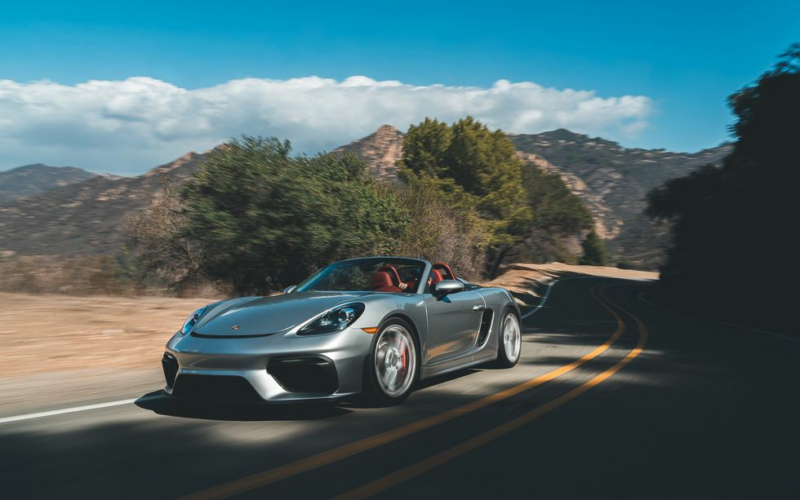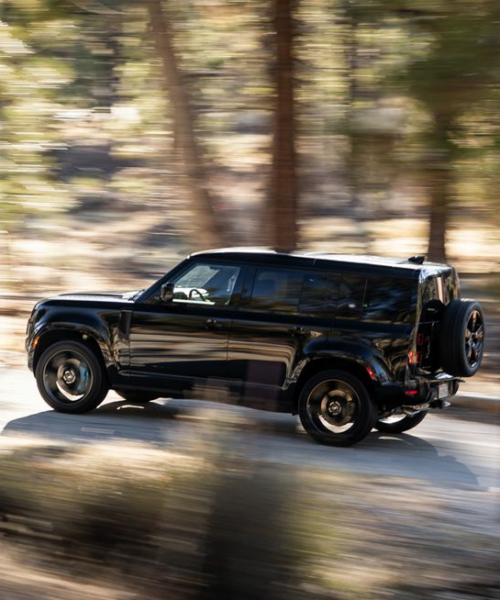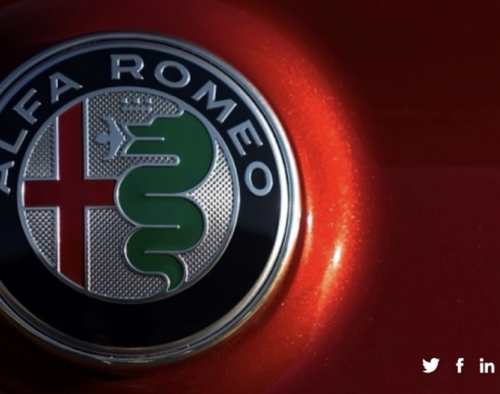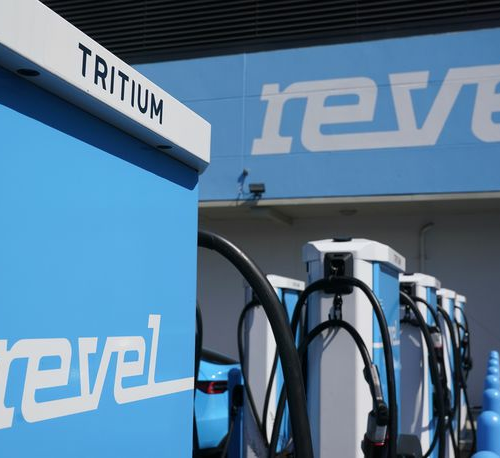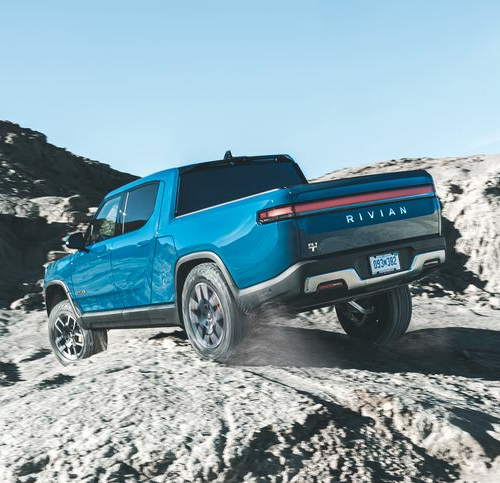BY ELANA SCHERR | CarAndDriver.Com
Troy Warren for CNT #Cars
The lightweight convertible 718 wins us over with riveting performance and a song we want to play on repeat.
According to the editorial powers that be, it is unacceptable to turn in a review of the 2021 Porsche 718 Spyder that is made up completely of 800 spelling variations on the word “Vroom,” followed by a bunch of smiley faces and a link to the world’s longest road tunnel—which is in Norway, if you’re curious. So, we’ve reluctantly added in some technical details about Porsche’s most powerful and performance-focused version of its delightful flat-six-powered Boxster. But if you want to read on while making engine sounds under your breath and imagining slamming through gears while in a 15-mile-long tunnel, that too would be an accurate representation of how this car makes you feel. Vroom.
We didn’t get a chance to test the Spyder in the Lærdal Tunnel, but we made repeated loops through shorter tunnels in the Malibu mountains and can say without reservation that if you are shopping for a car with the express purpose of sounding excellent in semi-enclosed spaces, put the Spyder on your shortlist. Its 414-hp naturally aspirated 4.0-liter doesn’t have the mosquito whine of a supercharged car or the deep bass thunder of a V-8; it’s a rounder, sweeter sound. The Spyder sings a tenor solo, the tall gearing and 8000-rpm redline holding the note for as long as you have road ahead of you. On exit, you can almost see the expansion of the rumbling bubble, bouncing away into the hills as sunlight fills the open cabin. Convertibles are illogical cars, but we could be convinced of their purpose on a bright, cold morning in this one.

HIGHS: Sings a song of freedom, revs forever, distraction-free.
The 718 Spyder and its hardtop sibling, the Cayman GT4, are high-horse, lightweight versions of Porsche’s mid-engine sports cars. We’ve declared our love for the 4.0-liter flat-six on multiple occasions since it took the top spot in the lineup, and the Spyder’s tune gives us no reason to cease our adulation. It’s a smooth, revvy engine, powerful enough to cause trouble but too well behaved to go looking for it. There’s no wrong transmission choice for the 718, except maybe philosophically. Porsche’s six-speed manual is a snickity-clickity joy, but there’s plenty of driving left to do if you opt instead for the seven-speed PDK (a $3210 option in the car we tested). Fuss if you must, but it’s an automatic transmission that will win over all but the most die-hard manual fans, especially when placed in the Spyder’s firm but forgiving chassis. Apologize to your clutch leg, then give it the new job of bracing you in the seat while you test the limits of your abdominal strength during cornering. The Spyder has been doing more yoga than we have, it turns and twists like a Cirque du Soleil acrobat. In our non-tunnel testing, we recorded 1.03 g on the skidpad. In a straight line, the Spyder’s extra horses nudge it ahead of the 394-hp Boxster GTS 4.0 with a zero-to-60 time of 3.4 seconds, and a quarter-mile pass in 11.8 seconds at 119 mph. The whoa-down is easy too, as the Spyder came to a stop from 70 mph in just 141 feet. Back in the canyons, the binders never faltered and were responsive but not grabby. There’s nothing surprising in the way the Spyder reacts—its guitar strings are all in tune.

Of course, that’s what you’d expect from a car that was developed by the Porsche Motorsport department. The Spyder shares a front axle and brakes with the 911 GT3, has track-tuned adaptive shocks, and the suspension has manual adjustments for anti-roll bar position and ride height, as well as a mechanical limited-slip differential, so it’s not shocking that it goes and stops like a slot car with a just-cleaned commutator. What is surprising about the Spyder is the ride quality. It doesn’t pummel a driver at slow speeds or over broken pavement. Even though it’s 1.2 inches lower than a standard Boxster, we never scraped the chin, and it’s so small and nimble we could just go around potholes like the Road Runner avoiding Acme traps.
LOWS: Difficult-to-operate soft top, noisy at speed, bare-bones interior.
Don’t wrongly assume from the above that the Spyder is a soft, easy car. Its lightweight fabric top is more like a scarf than a hat, and even with it up you can hear the clatter of pebbles thrown up by the sticky Michelin Pilot Sport Cup 2 tires (245/35ZR-20 in the front and 295/30ZR-20 in the rear) and their accompanying howl. If you want a cushioned Boxster experience, you’d be better served in the Boxster S or even the GTS, both of which offer a little more buffering between you and the outside world when the top’s up.
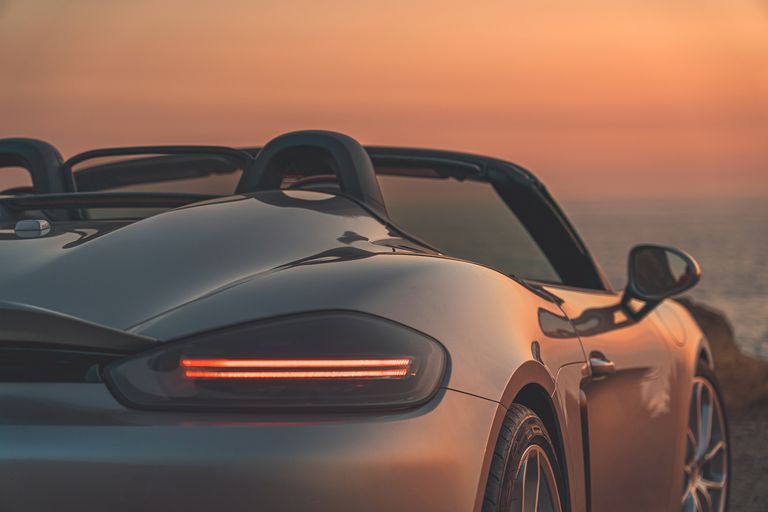
Really, though, the only reason the top should ever be up on the Spyder is to admire the way the rear fabric connects to the body. Those are elegant arches Christo would be jealous of. Take a picture, then tuck it all away and never bother to raise it again—partially because it’s such a bother to raise it again. We appreciate the mindset behind saving as much weight as possible, but the spindly decklid and fiddly process of putting the top up and down cuts into time that would be better spent driving. At least you’ll get some steps in running back and forth around the car to tuck everything in place. Maybe leaning over to fasten the edges will help with core-strength issues. On the same theme, fabric door pulls do feel racy, but we’d sacrifice the benefit of ounces saved to have a handle. We kept having to reach over and let ourselves out with the outside door pull, the straps requiring an approach angle and yank we never got the hang of.
Porsche has done something clever with the Spyder. Normally, this would be the time when we’d complain a bit about the interior: Rather bland for a car starting at $98,650, let alone in our $109,990 test car. It’s a lot of plastic if you don’t pony up for the Spyder Classic interior package, a $2800 option that decorated our cabin with two-tone leather and faux suede. Not much in the way of screens or infotainment. Heck, the instrument cluster still uses gauges with physical needles and a little digital inset that wouldn’t look out of place in a History of Computing documentary. The few small compartments are perfectly sized if you want to store doll furniture but not much else. There’s decent front trunk space and a little more in the back, if you can get into it without losing patience with the decklid mechanism.

So, not a lot here for the tech-and-features crowd. Only, we don’t care. It’s almost a relief to scan the cabin, see nothing worth paying attention to, and devote oneself entirely to the experience of driving. Is the stereo good? Dunno, can’t really hear it over tire and wind noise. Does it offer good phone connectivity? No, not really, two USBs, and Apple CarPlay if you pay $360 for it. Navigation if you pay $2320 for it. The steering wheel is so plain you could put it in a car from 1970 and it wouldn’t look out of place. We love it for that. No buttons to hit by mistake. No reason to check in with the office. It may be a gimmick, minimalism as a bonus, but Porsche is right on here. We’re all unable to resist the distractions of massaging seats and Wi-Fi-connected cars. So yes, it is worth paying more to get less, because then you can focus on what you have. Which is vroom. Vrooom! VroooOOOM!
Specifications
2021 Porsche 718 Spyder
Vehicle Type: mid-engine, rear-wheel-drive, 2-passenger, 2-door convertible
PRICE
Base/As Tested: $98,650/$109,990
Options: dual-clutch automatic (PDK), $3210; Spyder classic interior package, $2800; navigation, $2320; two-zone automatic climate control, $770; auto-dimming mirrors, $700; GT Silver metallic, $650; heated seats, $530; Apple CarPlay, $360
ENGINE
DOHC 24-valve flat-6, aluminum block and heads, direct fuel injection
Displacement: 244 in3, 3996 cm3
Power: 414 hp @ 7600 rpm
Torque: 309 lb-ft @ 5000 rpm
TRANSMISSION
7-speed dual-clutch automatic
CHASSIS
Suspension, F/R: struts/struts
Brakes, F/R: 15.0-in vented, cross-drilled disc/15.0-in vented, cross-drilled disc
Tires: Michelin Pilot Sport Cup 2
F: 245/35ZR-20 (95Y) N1
R: 295/30ZR-20 (101Y) N1
DIMENSIONS
Wheelbase: 97.8 in
Length: 174.5 in
Width: 71.0 in
Height: 49.6 in
Passenger Volume: 49 ft3
Cargo Volume (front/rear): 5/4 ft3
Curb Weight: 3263 lb
C/D TEST RESULTS
60 mph: 3.4 sec
100 mph: 8.2 sec
1/4-Mile: 11.8 sec @ 119 mph
130 mph: 14.5 sec
150 mph: 21.5 sec
Results above omit 1-ft rollout of 0.2 sec.
Rolling Start, 5–60 mph: 4.1 sec
Top Gear, 30–50 mph: 2.4 sec
Top Gear, 50–70 mph: 2.7 sec
Top Speed (mfr’s claim): 187 mph
Braking, 70–0 mph: 141 ft
Braking, 100–0 mph: 276 ft
Roadholding, 300-ft Skidpad: 1.03 g
C/D FUEL ECONOMY
Observed: 21 mpg
75-mph Highway Driving: 29 mpg
Highway Range: 490 mi
EPA FUEL ECONOMY
Combined/City/Highway: 20/18/24 mpg
In Other NEWS


























